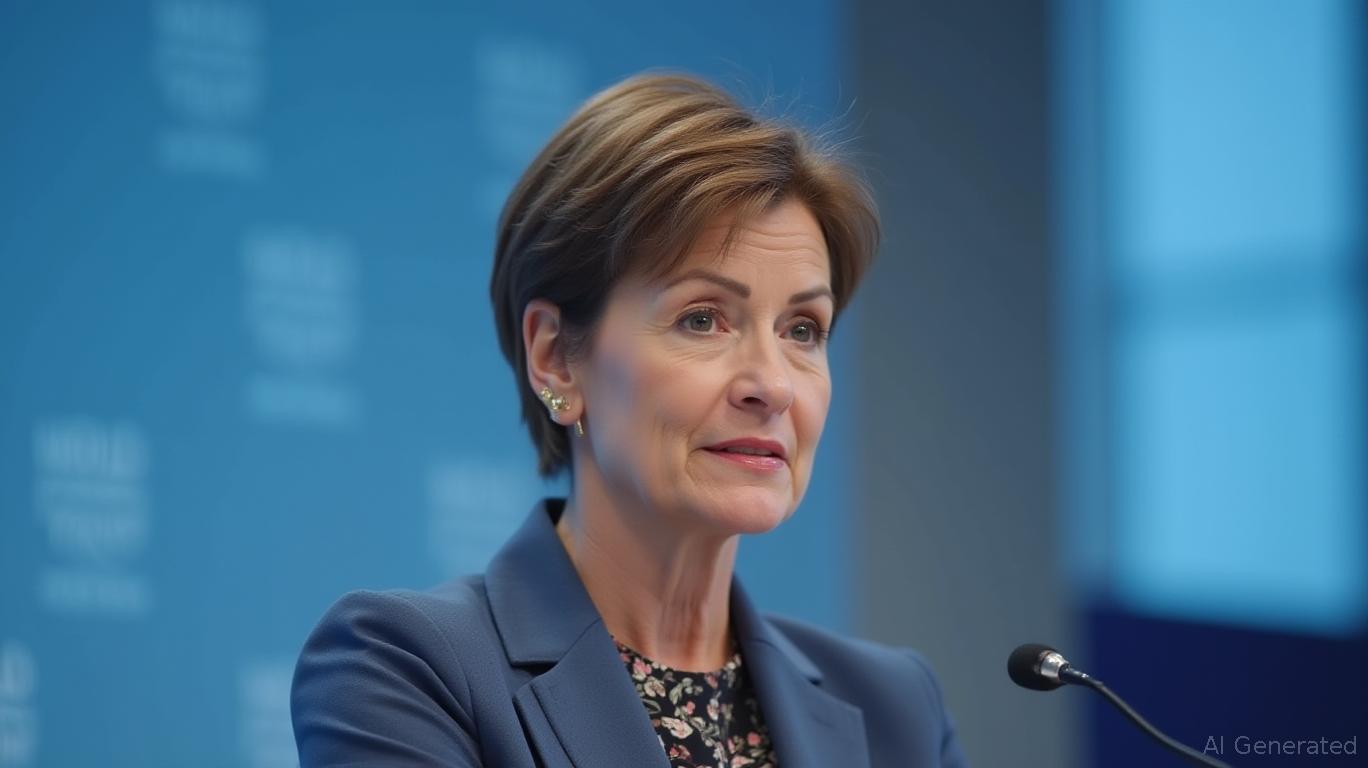AInvest Newsletter
Daily stocks & crypto headlines, free to your inbox
The International Monetary Fund (IMF) has highlighted the persistent regulatory uncertainty surrounding stablecoins, emphasizing that key questions remain unresolved. During the Summer Davos 2025 on June 25, IMF Deputy Managing Director Bo Li noted that while stablecoins are gaining traction in global finance, there are significant issues that need to be addressed.
Li pointed out two primary classification issues: whether stablecoins should be treated as currencies or financial assets, and if considered currency, what tier of money they fall under, such as M0 or M2. He acknowledged that these questions are just the starting point and that a stronger global consensus is necessary.
Li also mentioned that several jurisdictions, including the U.S., Europe, and multiple countries in Asia, are conducting policy experiments. However, he described the current stage as early and called for broader alignment across international regulatory bodies. The IMF is working with entities such as the Financial Stability Board and the Basel Committee to provide guidance.
Beyond classification, Li raised concerns about enforcement. Without unified standards, national rules may conflict, complicating compliance for global operators and increasing the risk of regulatory gaps. He acknowledged ongoing dialogue between regulators, central banks, and
but did not provide a timeline for when these frameworks might converge.Li reiterated that technology will influence the structure of the global monetary system over time, though he cautioned against expecting rapid transitions. How stablecoins are ultimately classified could influence how central banks manage liquidity and design monetary policy. Treating them as part of the money supply would require new tools for tracking and controlling their effects on the broader economy.
Private firms developing stablecoin infrastructure are also awaiting clearer rules. Without regulatory alignment, some may shift operations to jurisdictions with looser oversight, while others delay integration with traditional financial systems until legal boundaries are defined.
Li also addressed the issue of decentralized stablecoins, noting that those issued by decentralized autonomous organizations (DAOs) or without clear corporate backing often fall outside current legal frameworks. This raises questions about accountability, reserves, and enforcement.
Inconsistent regulation could lead to digital asset “regulatory arbitrage,” where companies base operations in regions with lenient rules, creating uneven competition and potentially undermining more robust regulatory environments. Additionally, the tax treatment of stablecoin transactions, especially those used for daily payments, is still unsettled in many jurisdictions, complicating both individual compliance and institutional accounting.

Quickly understand the history and background of various well-known coins

Dec.02 2025

Dec.02 2025

Dec.02 2025

Dec.02 2025

Dec.02 2025
Daily stocks & crypto headlines, free to your inbox
How might AI advancements influence the future performance of the S&P 500?
How will China's economic slowdown impact Asian markets?
How does Ethereum whale activity influence market sentiment?
How will the Phase 2 trial results of Kyverna's Miv-Cel impact the biotech sector?
Comments
No comments yet